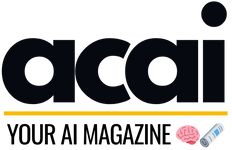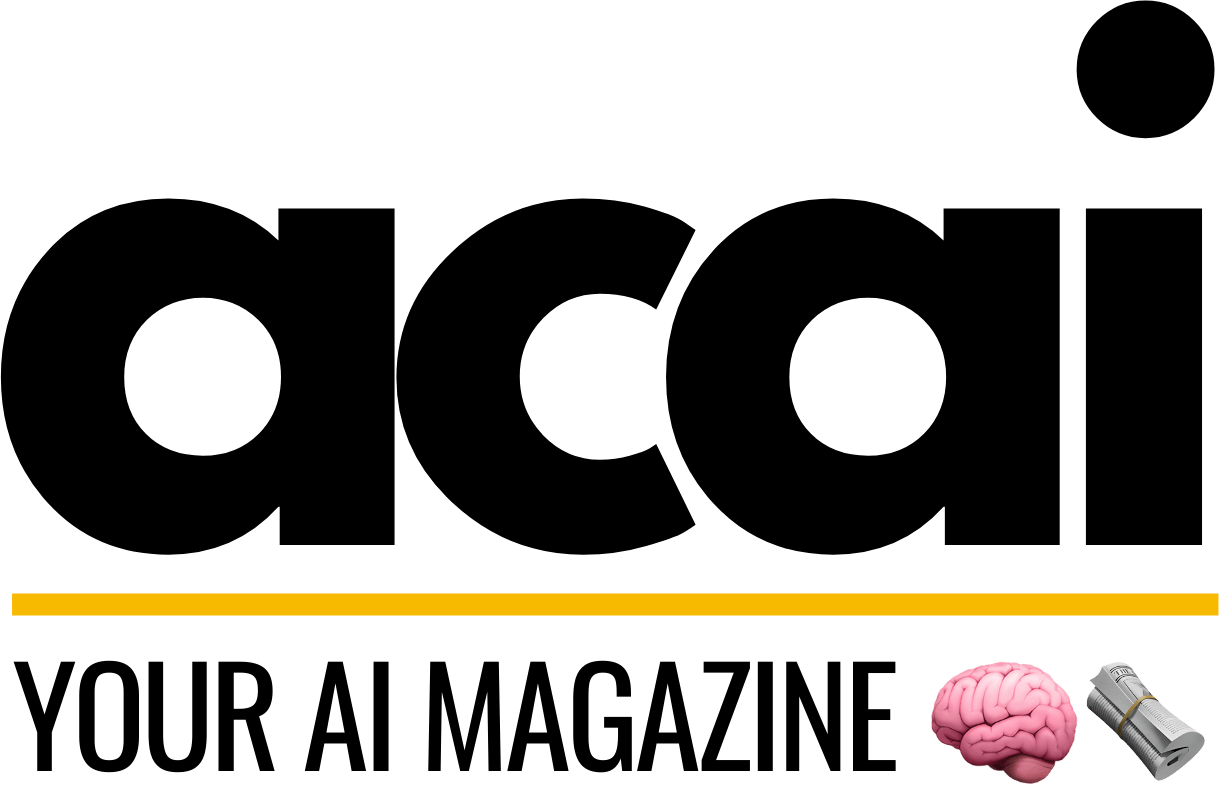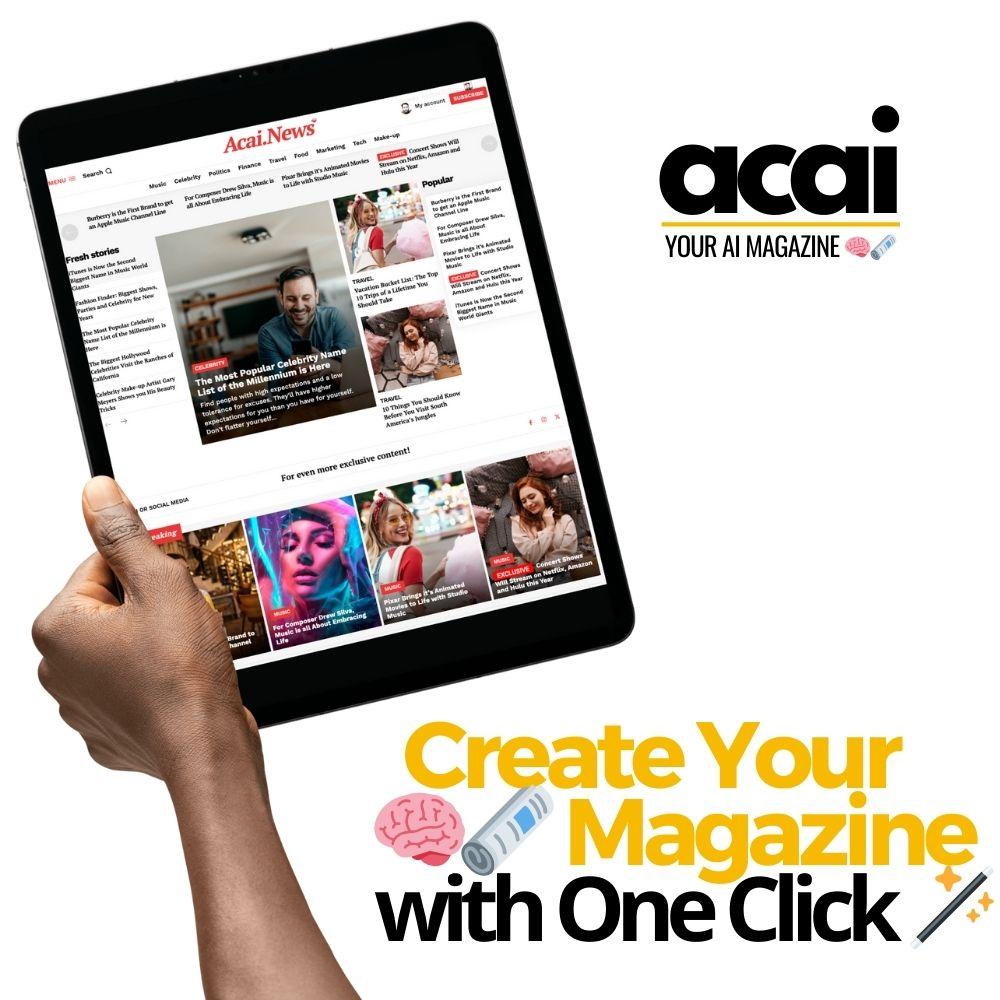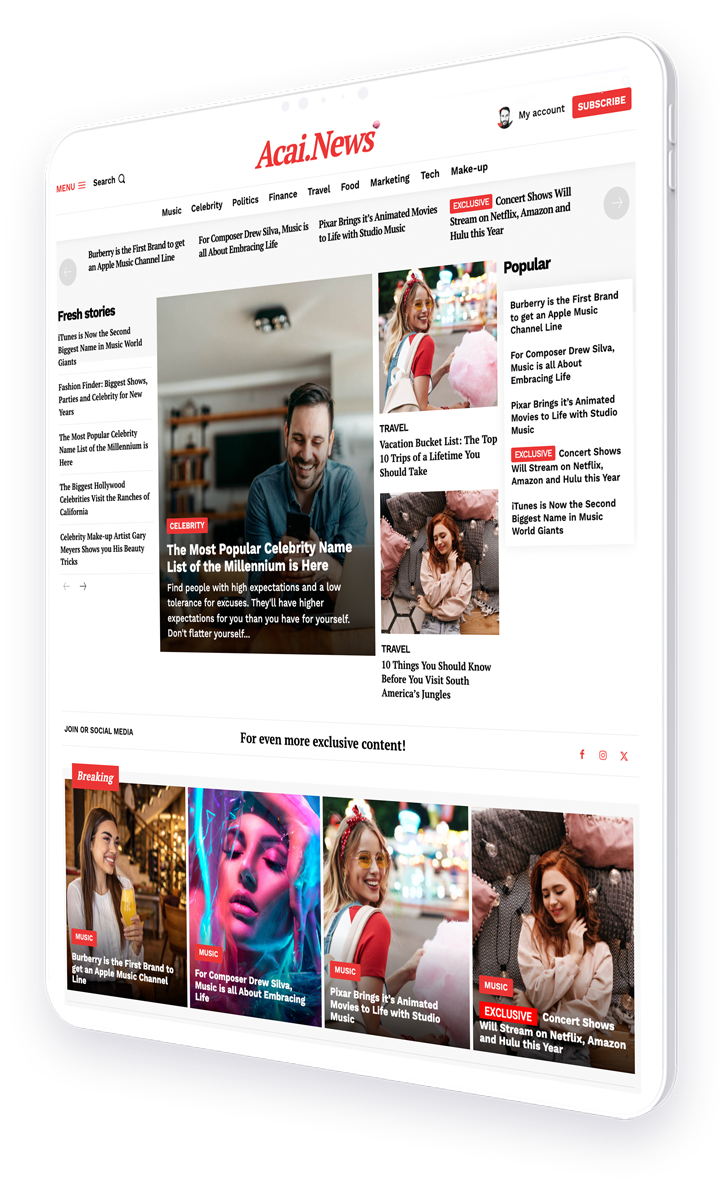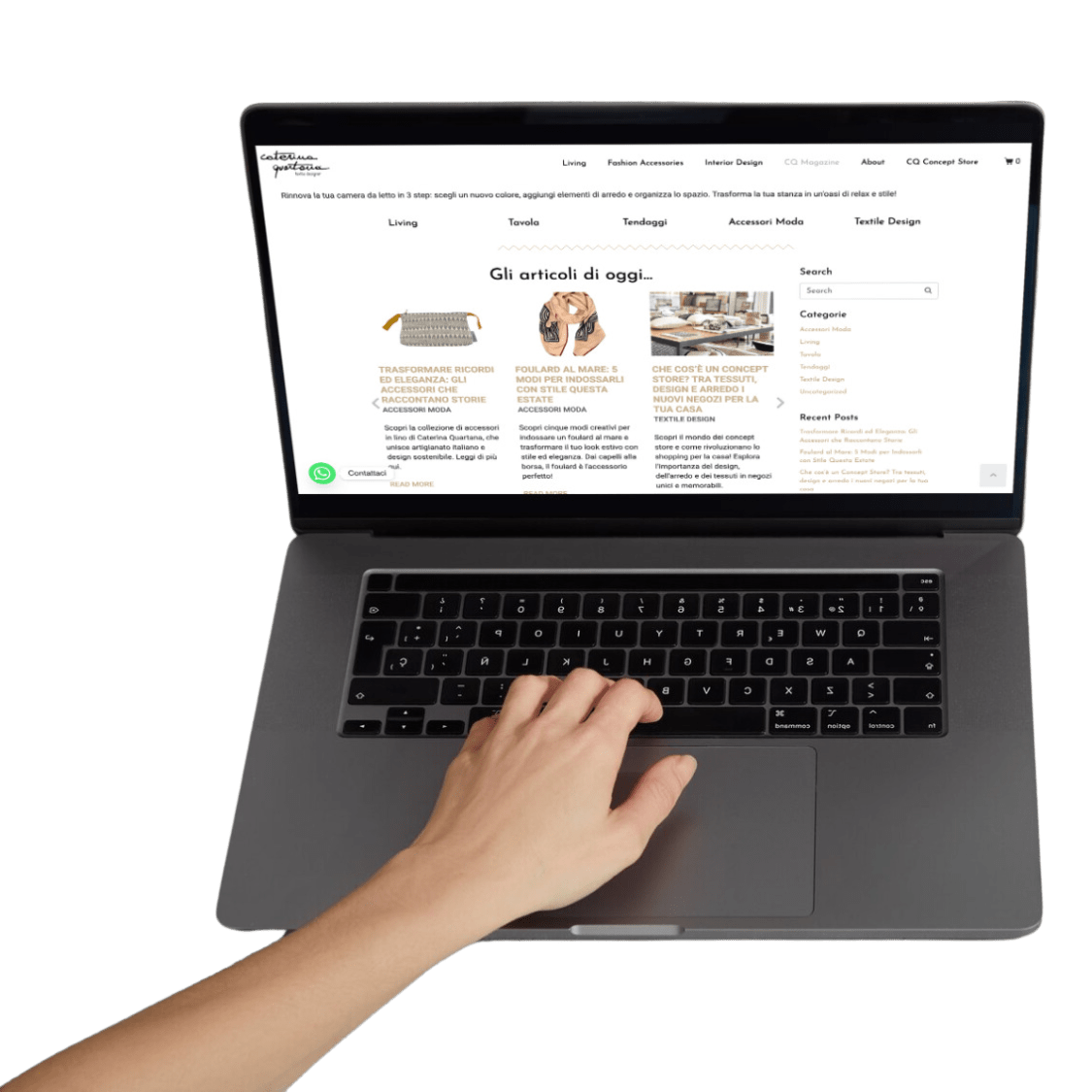Strategies for Optimizing Headings, Metadata, and Structure
Welcome to the comprehensive guide on SEO best practices specifically tailored for magazines. In the digital age, where content is king, the success of online magazines largely depends on their visibility and accessibility to readers. This article delves into the nuances of optimizing headings, metadata, and website structure to enhance search engine rankings and attract a broader audience.
- Introduction to SEO for Magazines
- Optimizing Headings for SEO
- Mastering Metadata for Enhanced Visibility
- Structuring Your Magazine for Optimal SEO
- Relevant Case Studies
- Conclusion and Key Takeaways
Introduction to SEO for Magazines
Search Engine Optimization (SEO) is an essential strategy for any digital publication aiming to increase its online presence. SEO for magazines involves a tailored approach that considers the unique content and audience engagement elements of the publishing industry. By focusing on headings, metadata, and the overall structure of the magazine, publishers can significantly enhance their search engine rankings.
Optimizing Headings for SEO
Headings play a crucial role in organizing content and making it easier for search engines to understand the main topics of a webpage. Here are some best practices for optimizing headings:
- Use H1 tags for main titles: Always use an H1 tag for the main title of your articles. This tag is critical for SEO as it tells search engines what the page is about.
- Include keywords: Incorporate relevant keywords into your headings, especially in H1 and H2 tags, to improve your content’s relevance and visibility.
- Maintain a hierarchy: Use headings sequentially (H1, then H2, H3, etc.) to maintain a clear structure. This hierarchy helps search engines understand the content better, improving your site’s SEO.
Mastering Metadata for Enhanced Visibility
Metadata, including meta titles and descriptions, plays a pivotal role in SEO by providing search engines with concise summaries of web pages. Effective metadata can lead to higher click-through rates from search engine results pages. Here are tips for optimizing metadata:
- Meta titles: Keep your titles under 60 characters to ensure they display properly on search results pages. Include the main keywords towards the beginning of the title.
- Meta descriptions: Write compelling meta descriptions of up to 160 characters that provide a brief overview of the article and include targeted keywords.
Structuring Your Magazine for Optimal SEO
The overall structure of your magazine website can impact your SEO effectiveness. A well-organized site enables search engines to crawl your content efficiently and improves user experience, which are both crucial for SEO rankings. Consider the following structural elements:
- Responsive design: Ensure your magazine is mobile-friendly. Google prioritizes mobile-first indexing, so a responsive design is essential.
- Navigation: Create a user-friendly navigation menu that allows readers to easily find content. A well-structured navigation menu helps search engines understand and index your content better.
- Internal linking: Use internal links to connect various articles within your magazine, which helps spread link equity and keeps users engaged longer.
Relevant Case Studies
Examining successful SEO strategies implemented by leading magazines can provide valuable insights. For instance, Forbes has effectively used SEO to dominate certain niches in the publishing industry. By analyzing their approach to headings, metadata, and site structure, other magazines can glean strategies that may propel them to similar success.
Conclusion and Key Takeaways
In conclusion, optimizing your magazine’s SEO through strategic use of headings, metadata, and structure is crucial for enhancing online visibility and reaching a wider audience. Remember the importance of:
- Headings: Use them to structure your content clearly and include keywords.
- Metadata: Write compelling meta titles and descriptions with targeted keywords.
- Structure: Ensure your site is well-organized, mobile-friendly, and uses effective internal linking.
By implementing these strategies, magazines can improve their SEO performance, leading to increased traffic and greater reader engagement.
